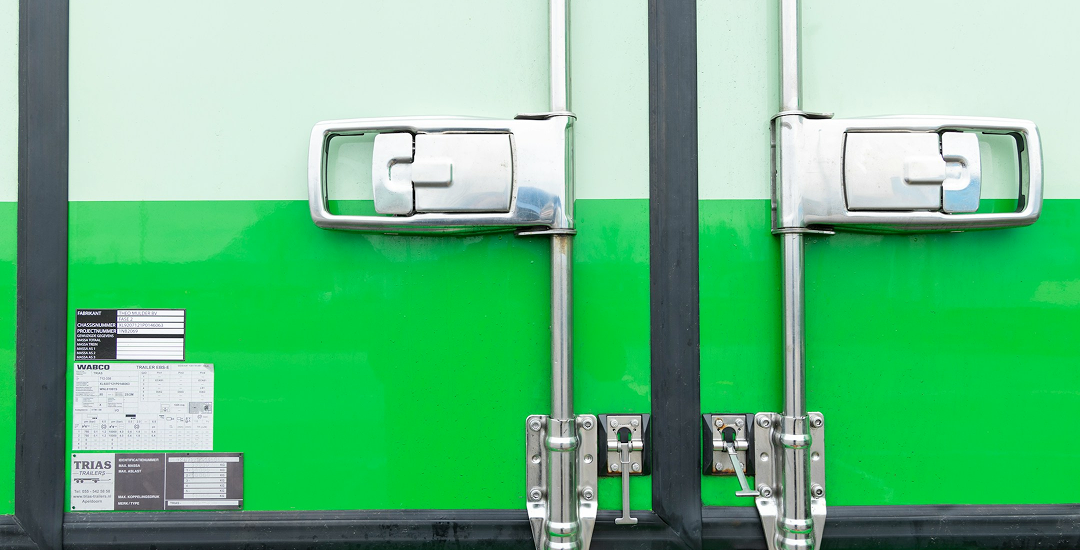Smart Leak Sensors vs. Traditional Methods: Pros, Cons & Use Cases
In the world of leak detection, technology is rapidly changing how property owners protect their buildings and plumbing systems. At USA Leak Detectors, we’ve seen firsthand how smart leak sensors are transforming the industry, providing faster and more efficient ways to detect leaks before they become costly problems. But how do these modern systems compare to traditional leak detection methods? Let’s explore the pros, cons, and ideal use cases for both.
Understanding Smart Leak Sensors
Smart leak sensors are digital monitoring devices designed to detect moisture, pressure changes, or water flow irregularities in real time. These sensors connect to Wi-Fi or mobile networks, instantly alerting users when a leak is detected.
They’re ideal for residential, commercial, and industrial properties looking to prevent water damage through automation and continuous monitoring. By placing sensors near plumbing fixtures, appliances, and vulnerable areas, property owners can gain instant visibility into potential water leaks—without waiting for visible signs like stains or damp walls.
Advantages of Smart Leak Sensors
Real-Time Alerts & Monitoring
Smart sensors notify users immediately via smartphone or email, allowing for quick response and minimized damage.
Remote Access
Property owners and facility managers can monitor water systems anytime, anywhere, offering convenience and control—especially for large or multi-site operations.
Integration with Smart Systems
Many smart leak detectors integrate seamlessly with home automation systems, giving users a complete view of their property’s safety and performance.
Preventive Maintenance
Continuous data collection helps detect patterns—such as pressure drops or slow leaks—before they escalate into major plumbing failures.
Limitations of Smart Leak Sensors
While smart sensors are powerful, they do have limitations:
Dependence on Power and Connectivity: Without Wi-Fi or electricity, real-time alerts can be delayed or lost.
Limited Detection Range: Most sensors monitor specific areas, so coverage depends on proper placement and number of devices.
Higher Initial Cost: Upfront investment is typically more than manual inspections or traditional leak checks.
Traditional Leak Detection Methods
Traditional methods—like acoustic detection, hydrostatic testing, and infrared thermography—rely on expert technicians to identify leaks using specialized tools. These approaches are proven and effective for hidden, underground, or large-scale leaks where sensors might not reach.
Advantages include:
Highly accurate results in complex systems
Effective for large or deep pipeline networks
No dependency on Wi-Fi or digital connectivity
However, traditional methods require professional expertise, scheduling, and sometimes physical access to affected areas, making them less suited for real-time, continuous monitoring.
Best Use Cases for Each Approach
Smart Leak Sensors: Ideal for ongoing monitoring in homes, offices, hotels, and commercial spaces where early detection prevents damage.
Traditional Leak Detection: Best for pinpointing hidden leaks in underground pipes, irrigation systems, or industrial networks that require specialized testing and confirmation.
For complete protection, combining both approaches offers the most effective solution—using smart sensors for early alerts and professional testing for verification and repair.
Conclusion
Both smart leak sensors and traditional detection methods play vital roles in leak prevention. While sensors provide real-time insights, traditional techniques ensure accuracy and comprehensive system evaluation.
At USA Leak Detectors, we combine advanced technology with expert diagnostics to deliver precise, reliable leak detection for residential, commercial, and industrial clients. Whether you’re exploring smart monitoring options or need professional testing, we’re here to help you protect your property from costly water damage.
Learn more about our services, pool and spa leak detection, or contact us to schedule an inspection today.

